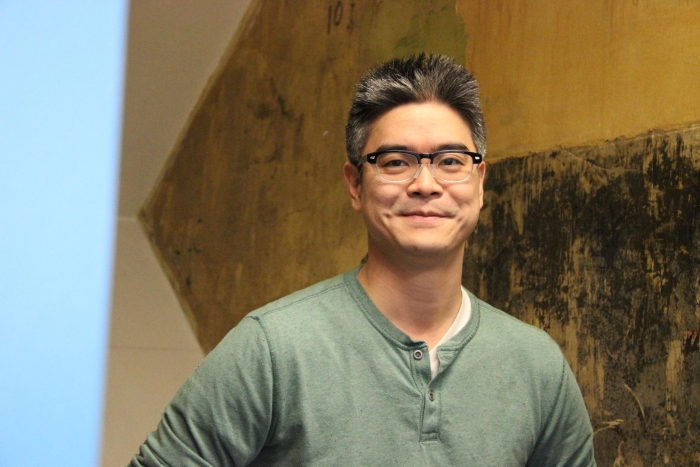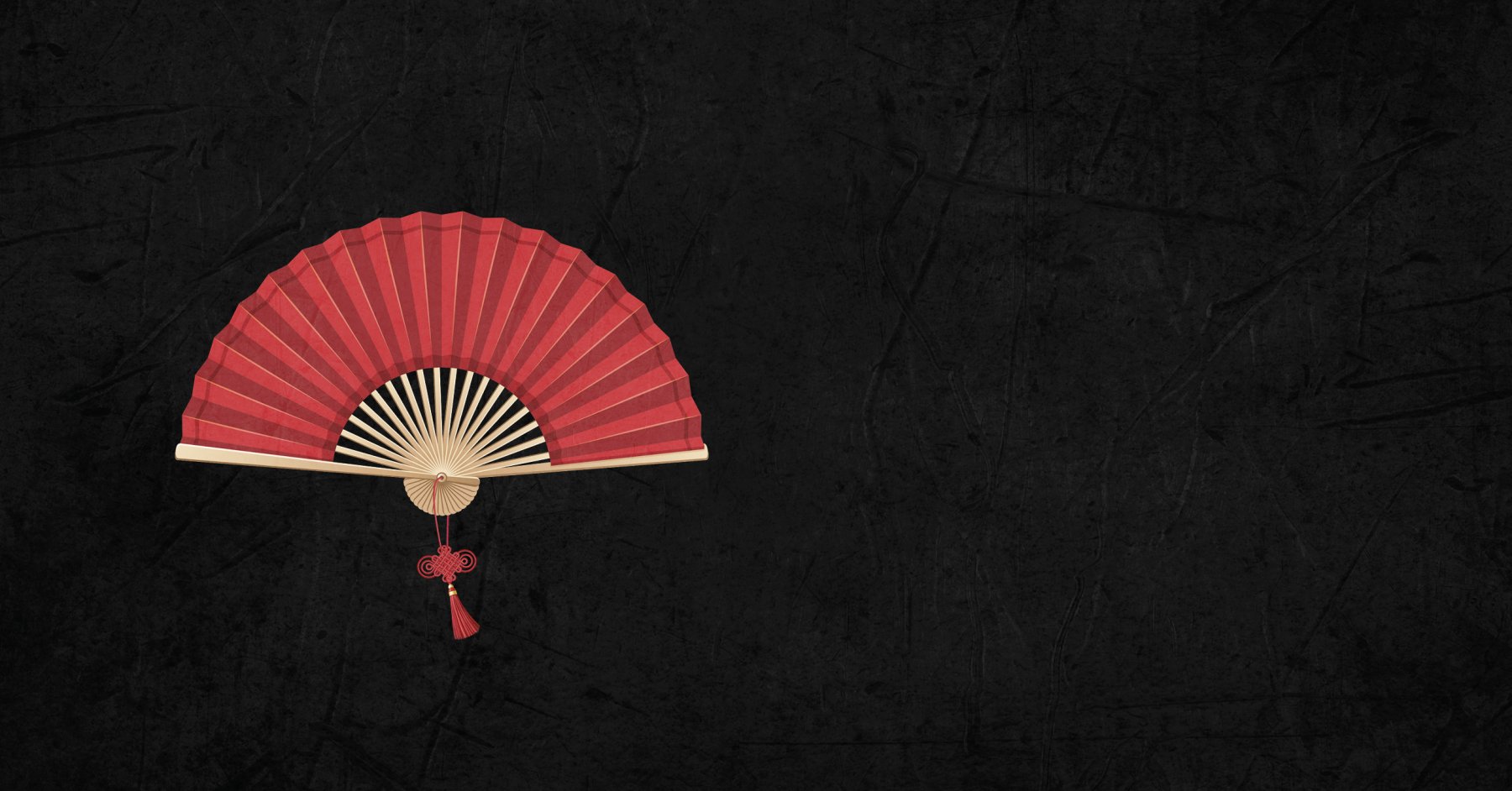
Playwright Lloyd Suh
The challenge of writing a play based on a historical figure is already quite a feat, but this challenge increases exponentially when the figure has very little historical record.
When playwright Lloyd Suh first heard of Afong Moy, her story haunted him.
“I did a deep dive of trying to find out as much as I could about her,” Suh says, “not because I wanted to write a play but simply because I needed to understand her story even just on a personal level. But you can only go so far in a deep dive — not only does the historical record completely ignore her after a point, but there is absolutely nothing on record that comes from her point of view.”
He did as much research as possible, given the circumstances, but had to put the writing process on hold for a while to focus on writing other plays.
Suh was a “pretty intense reader” when he was young, so he learned early on that he was interested in writing, specifically novels. This became clearer in high school, so he majored in English with a concentration in writing creative fiction.
“Theater came later,” he says. “I had a bunch of friends who were actors or theater majors, and they always seemed to be having so much fun. So I started spending more and more time at the theater department, and the vibe in that building was something I was really craving.”
Suh has written many plays, but Atlanta audiences may be familiar with his work Bina’s Six Apples, a part of the Alliance’s 2021/22 Season and a coproduction with Children’s Theatre Company.
“Bina’s Six Apples,” he says, “was a play for young audiences, has a larger cast, wildly different setting — but is also similar [to The Chinese Lady] in that it’s deeply rooted in history and is concerned with a young person navigating the tumult of history towards a sense of self-actualization. I’ve written about history a lot over the past several years, and while the plays are all very different in terms of form and content, they are definitely in conversation with each other.”
When Suh eventually returned to Afong and the play he was crafting around her, he realized that he didn’t want to start deviating too much from her actual life.
“I was, of course, deeply reverent of [Afong] and her history,” Suh says, “so I knew I didn’t want to just start making things up. So I put the play away. I didn’t think I could finish. But I couldn’t stop thinking about it, and the more I thought about it the more I realized that the only way forward was to make the second half of the play about that mystery — it was about the absence of her, and what it means for us to understand that absence.”
“The real Afong Moy is completely unknowable. The Afong Moy of this play therefore differs from the historical Afong Moy entirely, except that she is similarly unknowable.”
Crafting a story takes on an entirely different level of skill when a playwright wants to stay as true to the original history as possible while still filling in the blanks with supposals of what might have been. For Suh, filling the blanks with supposals is “partially an exercise in aspiration.” Instead of focusing on the characters or the historical aspect or the writing itself, Suh thought of the actors and framed it as “a conjuring.”
“I could never have done any of this if I had carried the weight of history and the obligation of trying to accurately represent her legacy through just text,” says Suh. “There is an aspect of Afong Moy’s story that resonates in a very specific and personal way with actors — this became very clear to me the second I put any of these words in front of actors in a room. So I started there. I thought about the text as a map or a blueprint, to allow actors to conjure an aspirational Afong Moy within their own personal experience, commune with that history, and contemplate what her absence means for how we honor the past, not just in the present but in the future.”
There’s a moment part of the way through the play where Afong has a shift. The ability for actors to conjure their own version of her from within their own personal experience, sadly, may not be that far of a reach.
“It’s happened to all of us,” says Suh, “sometimes often, in various intensities. ... Moments in a conversation, or a friendship, or a relationship, or a job or anywhere, where you suddenly realize that you’re being perceived not as yourself but as an ornament of assumptions that come purely out of how you present to the world. It’s a moment of fear and shock and can be deeply dehumanizing, but I’m also interested in how it can be a moment of profound growth.”
Suh has been able to see several very different audiences respond to his play in very different ways. He says that because The Chinese Lady speaks directly to today’s theatrical audiences, “it’s a play that allows — even requires — an audience to respond personally.”
“The cultural moment in which the play was written was very different than the cultural moment now,” he says. “Very different than it was during the pandemic, in the aftermath of the murder of George Floyd and our national reckoning around history and race, after the Atlanta spa shootings. ... I hope [audiences] respond personally, and with all of these moments in contemporary history as a part of their accounting of what it means in synthesis. ... I want everyone to have a personal reaction, and it’s especially meaningful if it comes fully out of their own personal history, their social location, their relationship with all of what came before and especially what is happening in the world on the particular day they might experience it. I know this means some people may just be deeply resistant, bored, or annoyed. But that’s worth it to me if it means the next person has a greater chance of being transformed.”
Performances of The Chinese Lady will take place on the Hertz Stage, September 18 – October 13, 2024.




